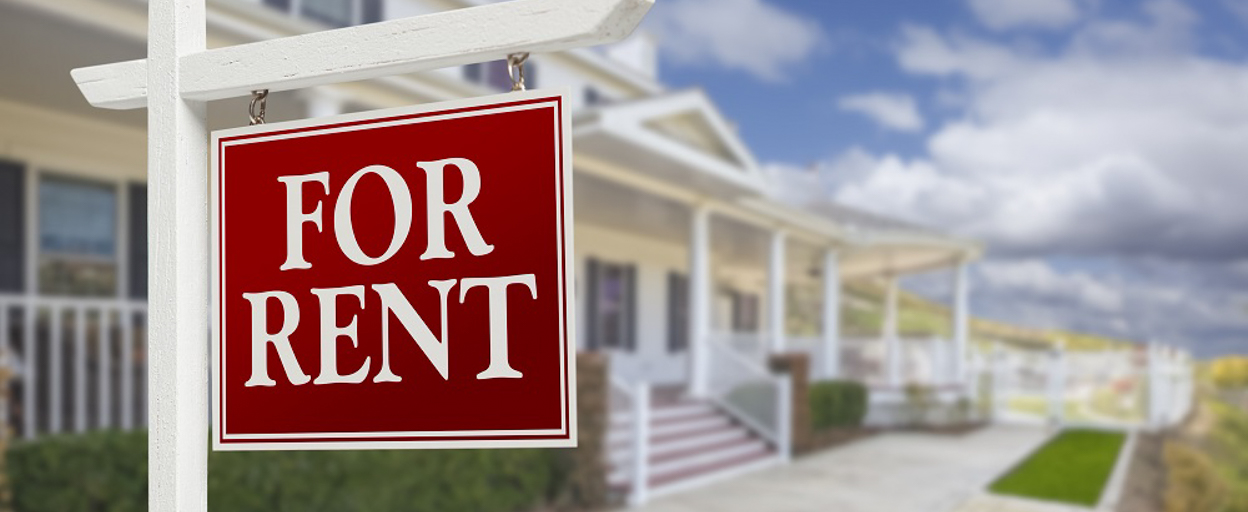- 31 Jul 2025
- 4 min read
- By Claire Ryan
No room to move: Queensland’s rental market is holding tight
The Real Estate Institute of Queensland’s (REIQ) June Quarter 2025 Residential Vacancy Rate Report has revealed the rental market across Queensland is operating in tight but stable conditions.
According to the report, which covers 50 LGA regions and subregions in Queensland, only four saw vacancy rates tighten, while 15 remained unchanged, and the lion’s share (31 regions) recorded a relaxation, compared to the March quarter.
The statewide vacancy rate rose slightly on this lifting tide from 0.9% to 1.0%.
Despite this slight easing overall, vacancy rates in 34 of the 50 regions remain at or below 1.0%. Notably, no regions currently fall within the REIQ’s ‘healthy’ range of 2.6-3.5%, which supports adequate housing mobility and population growth.
REIQ CEO Antonia Mercorella said the June quarter results showed Queensland’s rental market was holding relatively steady but remained severely undersupplied.
“This continued rental squeeze, while not worsening, is continuing to make a strong case for more investors and more rental accommodation to meet demand,” Ms Mercorella said.
“We’re seeing quarter after quarter of sliver-thin vacancy rate data, showing most of the state could support and sustain greater investment and new dwelling construction.
“There are some positive signs regarding investor interest in Queensland property, which is likely focused in areas where yields remain attractive, and sentiment is stabilising.”
The latest ABS lending indicator data shows that Queensland registered the highest annual growth (24% in the year to March 2025) in new loans to investors (for properties within the state) among all the states.[1]
Ms Mercorella said jobs and vacancy rates went hand in hand, as did the social and economic fallout when these were both in short supply.
“Our regions rely on being able to attract and retain workers and a big part of this is being able to secure suitable accommodation nearby,” she said.
“The low rate of vacancies and therefore stifled job mobility is especially problematic, given concerns that unemployment may be starting to rise.”
The seasonally adjusted national unemployment rate rose from 4.1% to 4.3% in June, and the Queensland unemployment rate rose from 3.7% to 4.1%.[2]
She said alongside fast-tracking the delivery of new housing, we need to rethink the type of homes being built to meet our needs, and these can be regionally specific.
“We must ensure housing diversity reflects modern living arrangements - from smaller dwellings, smaller lot sizes and build-to-rent, to accessible and adaptable housing for an ageing population and even options for multi-generational living,” she said.
Tightest and weakest markets
The vast majority of regions (48 out of 50) are sitting in what the REIQ classifies as a ‘tight’ rental market (up until 2.5%), with some having almost no available stock.
Cook (0.0%) and Goondiwindi (0.2%) retained the unenviable position as Queensland’s tightest rental markets, with vacancy rates effectively at zero. They were followed closely by Charters Towers and Maranoa (both 0.3%), and a further four regions including Toowoomba, Banana, Burdekin, and Mareeba which all recorded just 0.5%.
At the other end of the scale, two regions entered the ‘weak’ category – defined as vacancy rates above 3.6% - Isaac (4.2%) and Bay Islands (3.7%) which include North Stradbroke, Russell, Macleay, Karragarra, Lamb, and Coochiemudlo Islands.
Noosa came closest to re-entering the healthy range at 2.4%, however this may not be as promising as it sounds because it is more likely associated with the price point of the rental properties on offer, meaning that they stay listed for longer.
Movements over the quarter
The four regions which saw a very slight tightening of only -0.1 percentage points over the quarter were Rockhampton (0.7%), Townsville (0.9%), Cassowary Coast (1.0%), and Maranoa (0.3%).
The 15 regions which remained unchanged over the quarter include Brisbane LGA (1.0%), Inner Brisbane (1.2%), Middle Brisbane (1.0%), Outer Brisbane (0.8%), Ipswich (0.8%), Logan (0.8%), Pine Rivers (0.6%), Cairns (0.8%), Mackay (0.8%), Toowoomba (0.5%), Banana (0.5%), Burdekin (0.5%), Cook (0.0%), Mareeba (0.5%), and Whitsunday (1.1%).
Greater Brisbane’s rate was 0.9%, with parts of the southeast corner showing only slight relief, including Moreton Bay (0.8%), Caboolture (1.0%), Redcliffe (0.7%) and Redland (0.9%), along with the Sunshine Coast (1.0%) and Maroochy Coast (1.3%).
There were some more notable improvements in vacancy rates over the June quarter. The largest increases in vacancy rates were seen in the Bay Islands, which jumped by +1.2 percentage points, followed by Isaac, rising +1.0 percentage points.
Maryborough (0.9%) recorded a +0.5 percentage point increase, while Southern Downs (0.8%), Gympie (1.3%), Fraser Coast (1.2%), Central Highlands (1.2%) and Noosa (2.4%) saw rises of +0.4 percentage points. A further uplift of +0.3 percentage points was noted in Gold Coast (1.3%), Caloundra Coast (0.8%), Hervey Bay (1.2%), Gladstone (1.8%), and Livingstone (0.9%), contributing to the picture of mild easing across parts of the state.
Some signs of easing, but no turnaround
Ms Mercorella said that while quarterly shifts in some regions were encouraging, this should not be mistaken for a turnaround.
“We know that the data doesn’t tell the whole story, as some renters are consolidating households, delaying moves, or even leaving town due to affordability challenges - these behavioural shifts can have a subtle but real effect on vacancy levels,” she said.
“The June quarter captures a period of natural tenant turnover - the end of financial year, cooler weather in some parts of the state, and school semester transitions can all prompt moves, opening up some properties that may have otherwise remained tenanted.
“Without a meaningful lift in new housing supply, we expect vacancy rates will hover around these tight levels for some time to come.”
The release of the June quarter report landed in the week following National Property Managers Day (25 July 2025), prompting the REIQ to again recognise the essential work of Queensland’s property managers.
“These professionals are the link between renters and lessors - often managing the human impact of this crisis while juggling increased regulation, higher expectations, and more complexity,” Ms Mercorella said.
Fast facts: June Quarter 2025
- Queensland Vacancy Rate: 1.0%
- Tightest Vacancy Rates: 0.0% in Cook, and 0.2% in Goondiwindi.
- Highest Vacancy Rates: 4.2% in Isaac, 3.7% in Bay Islands, and 2.4% in Noosa.
- Biggest falls: Only minor falls of -0.1 percentage points in Rockhampton, Townsville, Cassowary Coast and Maranoa.
- Biggest rises: A +1.2 percentage point increase in vacancy in Bay Islands, +1.0 percentage points in Isaac, +0.5 percentage points in Maryborough, +0.4 percentage points in Southern Downs, Gympie, Central Highlands, Fraser Coast and Noosa.
The REIQ classes rental markets into three categories; tight, healthy, or weak. These markets are classified according to vacancy rates:
- 0 - 2.5% = tight
- 2.6 - 3.5% = healthy
- 3.6% - plus = weak
ENDS
Media enquiries:
Claire Ryan, Media and Stakeholder Relations Manager, The Real Estate Institute of Queensland
M: 0417 623 723 E: media@reiq.com.au
REIQ members can download the vacancy rate spreadsheet here.
Read another media release from the REIQ: 45 Fellows find their place among REIQ's finest.
Or browse our suite of media releases.
[1] ABS, Lending indicators. This calculation is based on a comparison of the number of new loans excluding refinancing over the 4 quarters to March 2025 with the number over the 4 quarters to March 2024.
You may also like
View All Articles
View All Articles


Start your Real Estate Career
Need help? 1300 697 347 or contact us




